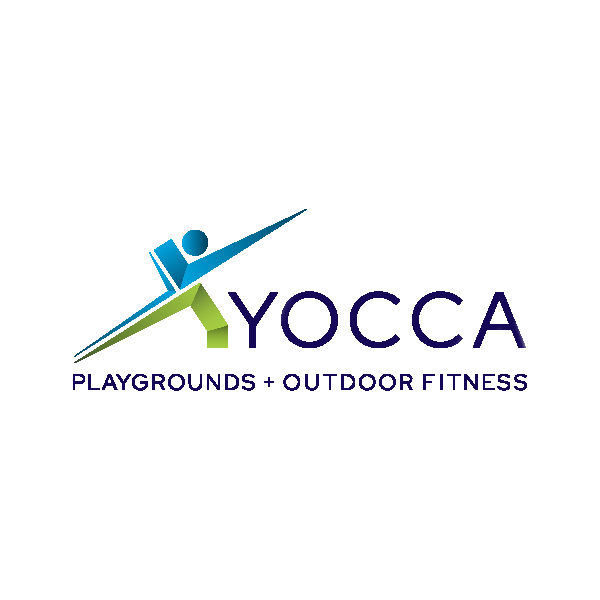
Why Use WordPress? A Deep Dive Into 10 Good Reasons
December 1, 2018
Why You Should Use Magento for Website Development
December 21, 2018What a beautiful, visually stunning and feature-rich website do if it isn’t optimized for search engines?
As a matter of fact, search engine giants like Google, Yahoo, Bing, AOL, etc are careless about your website’s design and pretty images you may have added to it. They care more about quality content, keywords, file names, alt tags and so much more.
Understanding what search engines are looking for on your website can bring new success to your online venture. However misunderstanding them may put you out of business.
What is SEO and why is it necessary to optimize your site for search engines?
Well, if you have an up and running WordPress website, you’d know how important it is to optimize your website for search engines. It doesn’t matter how beautifully your website is crafted or how you create a website, without proper SEO it isn’t going to work in full pace. An SEO-friendly website has higher chances of appearing on the first page of the search results and drive constant traffic to your website.
SEO has always been the buzzword of the online world. After all, every business wants to have higher rankings and come up on the first Google SERP’s. However, at times, most of us get carried away with search engine optimization. Therefore, the best way is to keep things simple and use a bit of common sense.
Where WordPress offers hundreds of useful SEO plugins that often take care of the common things, there are various other tips and tricks that you can follow to make a difference.
In today’s post, we have compiled a list simple SEO techniques and best practices that you tend to forget. These techniques, if used properly, can make a significant difference as to how your website will be ranked in Google.
1. Set your Permalinks
The URLs of your website pages and posts are called Permalinks. In layman’s language, they are what users use in their address bars to reach to your website and view relevant page. They are also used by other websites and search engines to link to your website.
WordPress comes with a default permalink settings to allow you to change them as per your convenience and needs. These settings can be found in settings -> permalinks.
It is always a best practice to change the default setting to post name i.e. /%postname%/ since it is easy to remember by the users and simple to index by search engines.
2. Create a sitemap for your website
Your website can contain hundreds of pages and in order to get your web pages indexed by Google, you need to tell Google your website structure. Creating a Google XML sitemap is extremely easy. WordPress offers an extremely useful plugin called Google XML Sitemaps that automatically generates a sitemap of your website which will help search engines to better index your site.
3. Use Google Analytics
Google Analytics is a popular analytic tool developed and offered by Google. It is absolutely free to use and helps you keep track of your website traffic. The tool lets you know about the traffic source, behavior and various other important attributes that will help you better reach your target audience.
Google Analytics helps you perform a number of different chores including locating a 404 error page, examining the behavior of your visitors, source of your traffic, combating referral spam and so much more.
4. Use search engine optimized themes
Apparently, WordPress offers an array of themes that can be used to give your website a strong foundation. However, instead of choosing a theme that looks beautiful and aesthetically appealing, choose a theme that is optimized for search engines.
An SEO optimized theme has two main things i.e. speed and code. A well-written theme with latest SEO best practices guarantees that Google bots will wade through the source code and find the appropriate code.
Crucial factors to consider include:
- Open graph meta tag incorporation to improve social media sharing
- Appropriate use of meta title tags and heading
- A neat and clean structure that employs valid and proper HTML.
- Correct use of the canonical URL meta tag.
5. Use SEO Plugins
WordPress also offers many SEO Plugins including Yoast SEO, All in One SEO Plugin and so much more that take care of your website and encourage you to add Meta title, Meta description, Meta tags, keywords and more. These plugins offer complete SEO solution that is available for WordPress.
These plugins are used to enhance your website’s on-page SEO by displaying a Google Search Result Snippet preview. They also help you generate an XML sitemap for your website. From adding Meta details to page content analysis, SEO plugins have got your website covered.
6. Optimize your media
Media is an important part of any website. However, they can either completely ruin or improve your SEO efforts. How you tag and name your images will determine your SEO. With proper tagging, you are most likely to improve your chances of being ranked higher in image searches.
Just uploading an image with a complex name isn’t a good SEO practice. When uploading an image to your WordPress website, you get an option to change its title, add a small caption, alt text, and description. Leveraging these options can significantly improve your website’s search engine rankings.
7. Make your content Shareable
Social Media has gained a huge popularity over the past few years. Today, almost every web user is active on various social media networks such as Facebook, Twitter, LinkedIn, Google+ and so much more. Making your content shareable allows your readers to share it across different social networks while driving huge traffic to your site.
Adding social sharing buttons to your website not only drives traffic but also improves your website’s credibility. This is exactly what a new tech site Techie Nize did and saw a boost of 20% in traffic. So, never take the social media power for granted
8. Using Links and Anchor Text Correctly
You probably know that adding links to posts are crucial, but you probably aren’t aware of ways to optimize your SEO efforts in reference to links.
Links to your own posts: A majority of website owners often forget to interlink their posts to other posts on the website. Interlinking your own posts accelerates your SEO efforts as well as improve the user experience on your site. Of course, it is necessary to interlink posts when it’s relevant. Never link merely for the purpose of linking.
Over years, search engines have evolved. They have begun recognizing more metrics for regulating rankings. However, link relevancy is one metric that stood out from the rest, which is determined by both the anchor text and the content of the source page. Before Google’s Penguin update in 2012, anchor text was considered to be the simplest ways for Google to comprehend the relevancy of any site. However, today it has evolved to be a method of getting your site penalized by Google.
But it does not mean anchor text is no longer meaningful.
Google has been keeping an eye at how anchor text is utilized and since it can be ruined, there are certain dos and don’ts of creating an anchor text.
So, this human-powered text is imperative for search engines too to comprehend what the target page is all about.
9. Producing High-Quality Written Content
What is the most used SEO tactic for enhanced search engine rankings?
It’s high quality, user-engaging content.
Whether you are running a blog or a corporate website, you are going to need quality content to rank higher in the search engines.
The idea of quality content is not only related to a post which is free of grammatical errors and spelling mistakes but also that appeals to the readers.
10. Using Correct Heading Tags
In regards to good SEO practices, appropriately using heading tags is extremely crucial. However, if you are just a beginner, you might not be aware of heading tags and how to use them correctly.
You can see heading tags in your editor, and are allowed to choose from heading 1 to heading 6.
But which one to choose? You may ask.
The H1 tag must always be employed for the title of the blog post and it is imperative to keep your H1 clear and informative. Your title should tell your readers what exactly your content is about and they must be interested in reading the entire content. Once you have used H1 heading correctly, you would want to use H2 tag for additional headings and then H3 and H4 tags for sub-headings and so on.
Using heading tags is not only crucial for best SEO Practices but also for improving user engagement. It gives your users a better idea about your content and captures their attention in no time.
11. Hosting
Everyone might know the fact that Google ranks a site based on page speed in 2016 and beyond. Apart from using regular SEO techniques, one need to use a good and reliable hosting for their sites. One thing that helped us to rank higher than our competitors is using hosting with SSD drives. Many big hosts like Hostgator, Bluehost use traditional hard drives, while there are some others you can count on like Fastcomet hosting since it comes with SSD drives.
Whether you are new to SEO or an amateur SEO expert, WordPress SEO plugins come handy to accomplish best search engine optimization practices. These plugins allow you to automatically add the desired information instead of manually adding Meta descriptions, SiteMaps, and other important SEO details.
Here are some of the best options available:
WordPress SEO by Yoast Plugin:
Yoast SEO has gained a lot of popularity among WordPress users for a variety of reasons. The plugin helps you pay attention to the focused keyword in a blog post as well as allows you to add meta descriptions, titles, and tags. It even comes with a page analysis feature that helps you improve your content and make it SEO-friendly.
SEO Friendly Images:
SEO friendly images, as the name suggests, helps you optimize your images for search engines while driving a significant amount of traffic from image search engines. SEO Friendly Images allows you to integrate ALT attribute into your images, though you would need to take care of the name of the images.
Source: AccessPress Themes
View Original Post

